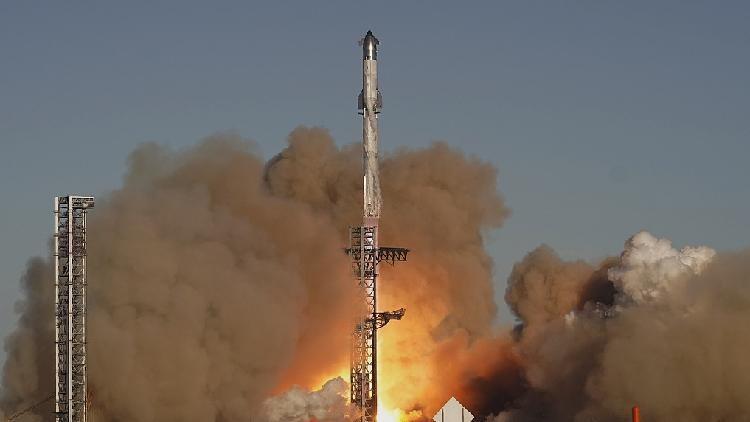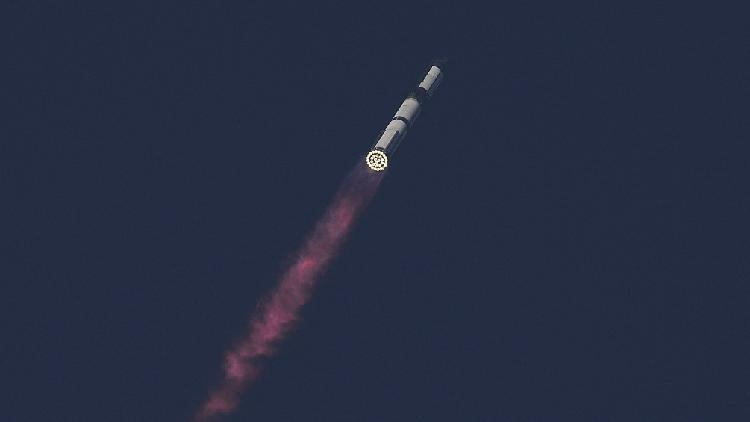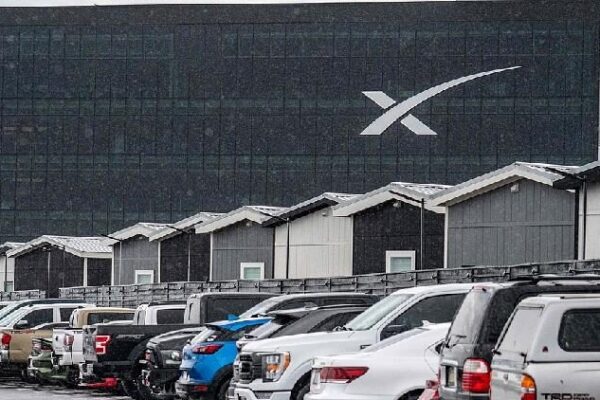SpaceX’s ambitious Starship rocket faced a dramatic setback on Thursday when it exploded during its seventh test flight. The spacecraft, representing a significant leap forward in space exploration technology, was destroyed moments after a spectacular booster catch that thrilled onlookers.
The launch took place from Boca Chica Beach in Texas, with the 400-foot (123-meter) rocket thundering into the sky in the late afternoon. As the rocket ascended, its six engines appeared to shut down one by one, and contact was lost just eight and a half minutes into the flight.
A minute before the loss of the spacecraft, SpaceX successfully captured the returning booster using the launch tower’s giant mechanical arms, famously dubbed “chopsticks.” The booster hovered over the launch pad before being grasped by the arms, marking only the second time this feat has been achieved.
“It was great to see a booster come down, but we are obviously bummed out about the ship,” said SpaceX spokesman Dan Huot. “It’s a flight test. It’s an experimental vehicle,” he emphasized, highlighting the inherent risks involved in pioneering new technology.
The last data received indicated the spacecraft reached an altitude of 90 miles (146 kilometers) and a velocity of 13,245 mph (21,317 kph). SpaceX founder Elon Musk suggested that a preliminary analysis points to leaking fuel building up pressure in a cavity above the engine firewall. He stated via X (formerly Twitter) that fire suppression would be added to the area, along with increased venting and thorough checks for leaks.
The Starship was carrying ten dummy satellites intended for practice in releasing payloads, simulating future missions. Despite the setback, SpaceX continues to make strides toward its goal of revolutionizing space travel. Musk plans to launch actual Starlink satellites on Starships before advancing to other payloads and, ultimately, crewed missions.
This test flight underscores the challenges faced in advancing space exploration but also highlights SpaceX’s continued commitment to innovation. NASA has already reserved two Starships for upcoming missions to land astronauts on the moon later this decade, signaling confidence in the project’s potential.
Reference(s):
cgtn.com








